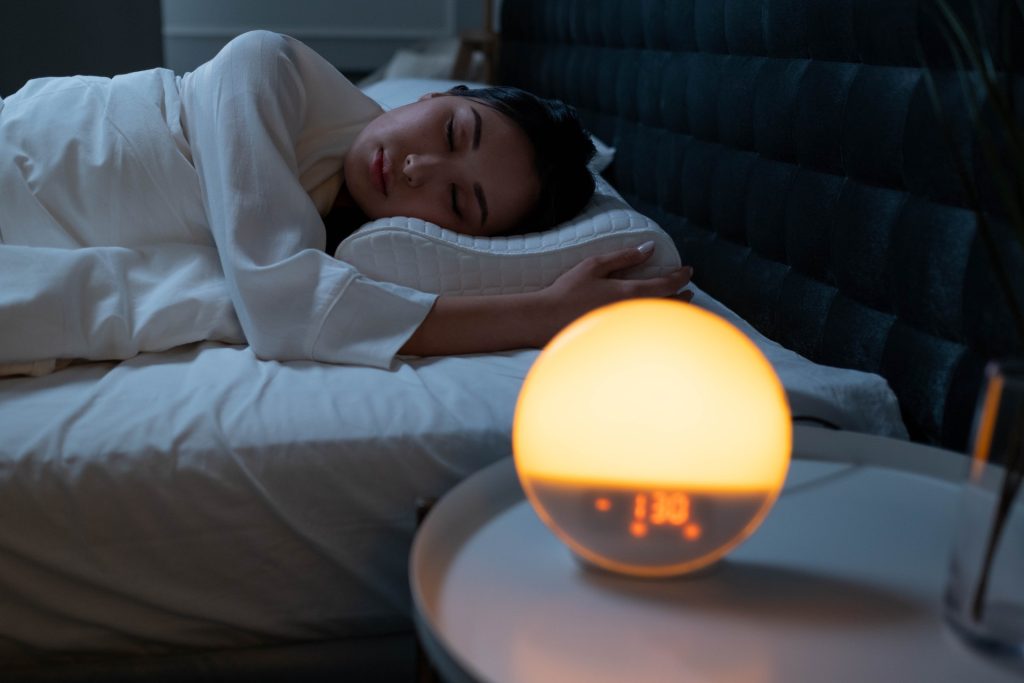
For the first time, a set of recommendations have been drawn up to provide guidance for human exposure to light throughout the day and at nighttime, based on the amount of blue light in the environment. The recommendations are detailed in PLOS Biology.
Modern lifestyles, with 24-hour access to electric light and reduced exposure to natural daylight, can disrupt sleep and negatively impact health, well-being, and productivity. A new report in PLOS Biology addresses the issue of exactly how bright lighting should be during the day and in the evening to support healthy body rhythms, restful sleep, and daytime alertness.
An international body of leading scientific experts was brought together to draw up the first evidence-based, consensus recommendations for healthy daytime, evening, and nighttime light exposure. These recommendations provide much needed guidance to the lighting and electronics industries to aid the design of healthier environments and to improve how we light our workplaces, public buildings, and homes.
The new report took on a key question – how to properly measure the extent to which different types of lighting might influence circadian rhythms and sleep patterns. Light affects these patterns via a specialised type of cell in the eye that uses a light sensitive protein, melanopsin, that is distinct from the opsin in the rods and cones that support vision (and upon which traditional ways of measuring “brightness” are based). Since melanopsin is most sensitive to blue-cyan light, the new recommendations used a newly-developed light measurement standard tailored to this unique property: melanopic equivalent daylight illuminance. Analysis of data from a variety of studies proved that this new measurement approach could provide a reliable way of predicting the effects of light on human physiology and body rhythms, and so could form the basis of widely applicable and meaningful recommendations.
A crucial next step will be to integrate the recommendations into formal lighting guidelines, which currently focus on visual requirements rather than effects on health and well-being. Additionally, advances in LED lighting technology and the availability of low-cost light sensors are expected to increase the ease with which individuals can optimise their personal light exposure to best support their own circadian rhythms in line with the new recommendations.
Professor Timothy Brown, who brought the international exports together for the report added: “These recommendations provide the first scientific consensus, quantitative, guidance for appropriate daily patterns of light exposure to support healthy body rhythms, nighttime sleep and daytime alertness. This now provides a clear framework to inform how we light any interior space ranging from workplaces, educational establishments and healthcare facilities to our own homes.”
Source: Science Daily

